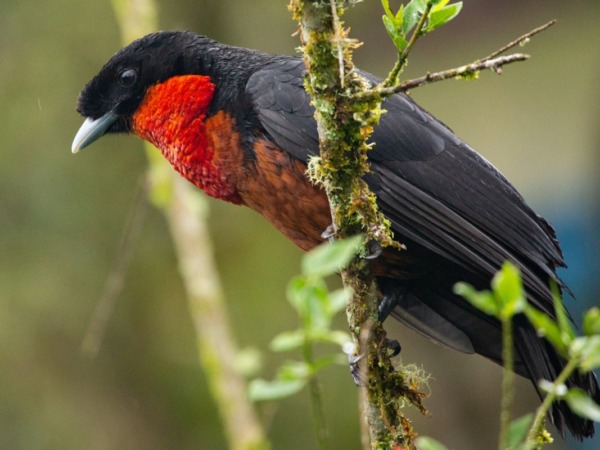El cuervo frutero (Pyroderus scutatus) tiene plumas de color rojo vivo, cola larga y una característica cresta bulbosa en la cabeza. Mide unos 35 centímetros de longitud. Enorme y espectacular cotinga rojinegra con un pico fuerte y pesado. De color negro brillante por encima y con la garganta y el pecho de color rojo brillante, cuya extensión varía según las subespecies (algunas tienen el vientre castaño). Las hembras son más pequeñas y tienen el pico más oscuro. Se encuentra en el sotobosque de bosques húmedos y montanos.

Galería
Mapa
Estación Biológica La Selva
La Estación Biológica La Selva es un centro de investigación reconocido internacionalmente y situado en una selva tropical. Ofrece un rico entorno de aprendizaje y la oportunidad de presenciar una amplia gama de...